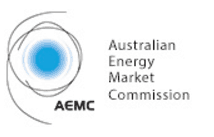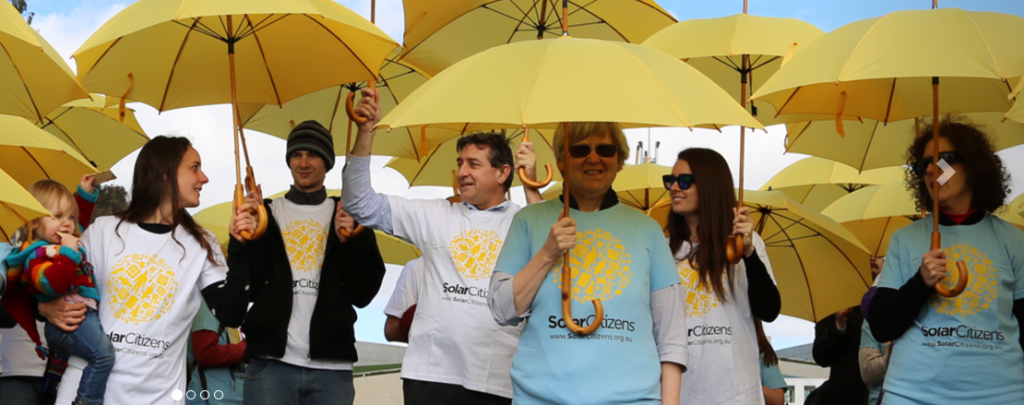Earlier this year the Australian Energy Market Commission (AEMC) released a draft report on the Distribution Market Model, which made a number of dubious recommendations – not least among them the concept of introducing what would effectively be a “solar tax”. The AEMC didn’t like the idea of solar producing households using the grid ‘for free’ and there is no other way for networks to recoup the costs of grid connection/supply. The AEMC, who create the ‘rules’ for Australian electricity and gas markets, also provide market development advice to governments (such as this report).

The proposed solar tax was fought tooth and nail by the Solar Citizens and it appears that the AEMC have now backed down from their idea and the solar tax won’t go ahead.
Here is the relevant section from the draft report:
Currently, clause 6.1.4 of the NER prohibits a DNSP from charging a distribution network user (such as an owner of a distributed energy resource) distribution use of system charges for the export of electricity by that user to the distribution network.
There may be cause to revisit this clause if DNSPs incur costs (and benefits) due to the export of energy from distributed energy resources (or passive solar PV systems) that are not appropriately reflected in connection charges and where these costs (and benefits) increase (albeit not necessarily proportionately) with the volume of injections.
The Commission therefore considers that there may be benefits in exploring the deletion of clause 6.1.4 of the NER, and what possible alternatives there are.
On Tuesday the AEMC produced its final report on the Distribution Market Model and it said that “Further work is needed to understand whether distributed energy resources create benefits, or impose costs on the distribution network.” The report also made a note that large renewable energy generators are not billed for accessing the grid “beyond a shallow connection charge” so it would be a bit rich to charge residential solar systems for it.
So the tax has been thrown on the backburner for the time being – but we’ll have to see what the future holds.
How the Solar Tax war was won
Shina Tager, from Solar Citizens, was quoted by RenewEconomy as saying “Any moves to tax the sun in the way that’s being proposed by the AEMC report will be met with very strong community resistance by the 5 million solar voters around the country.” Tager also said “Over 1.6 million Australian households have stumped up their own money to put solar on their roof and take back control of their power bills and this is another move to make solar owners the fall guy.”
What would have happened if something like this goes ahead? Would we see a larger amount of people going off-grid and eschewing the national network altogether? The 2016 Australian Energy Statistics note a ‘continued expansion in off-grid generation’ – and presumably any efforts to monetise (read:tax) those producing their own energy will results in a greater exodus from the grid. We’ll have to wait and see what happens, but a great victory from the Solar Citizens for the time being!


